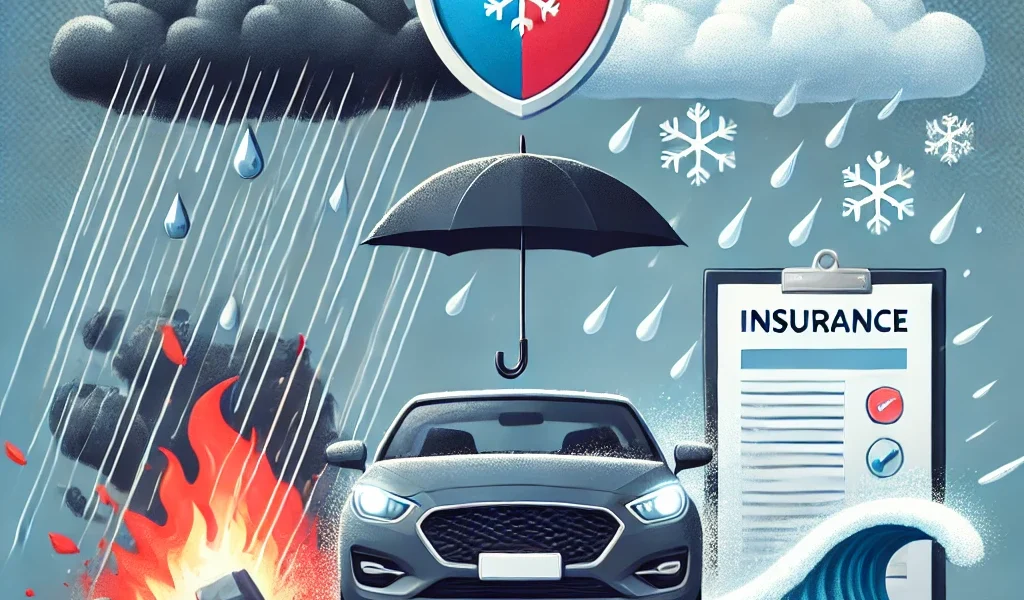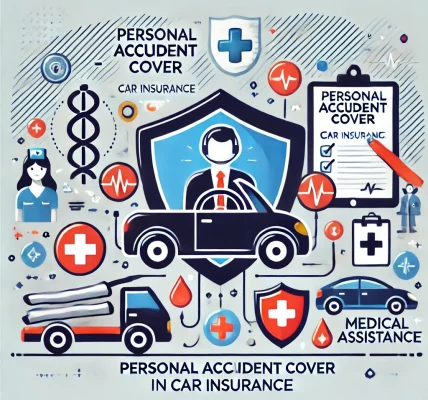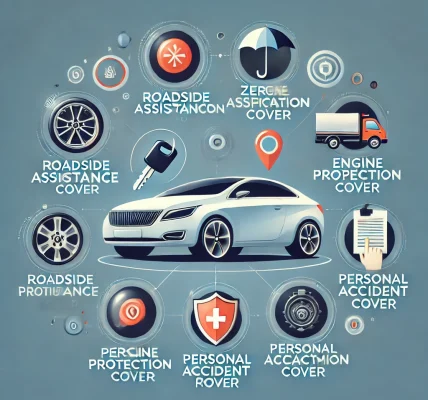Weather conditions play a significant role in driving safety and accident rates, which in turn can influence car insurance costs. From heavy rain and snow to extreme heat and hurricanes, different weather patterns create unique risks that insurers take into account when determining your premium.
In this blog, we will explore how various weather conditions impact car insurance rates, what coverage options you may need, and how to minimize your insurance costs despite these environmental challenges.
Understanding the Link Between Weather and Insurance Rates
Car insurance companies assess risk based on multiple factors, including driving history, vehicle type, location, and even the climate in which you live. Areas prone to extreme weather conditions tend to have higher insurance rates due to increased claim risks.
For example, if you live in a region that frequently experiences hailstorms or hurricanes, insurance providers may charge higher premiums to compensate for the likelihood of weather-related damage claims.
How Different Weather Conditions Impact Car Insurance Costs
1. Rain and Flooding
Heavy rainfall and floods pose a major risk to drivers, leading to reduced visibility, hydroplaning, and increased accidents. Additionally, water damage from floods can completely total a vehicle, leading to costly claims.
How It Affects Insurance Rates:
- If you live in a flood-prone area, insurers may charge higher comprehensive coverage premiums.
- Frequent claims related to rain-related accidents may increase rates for all drivers in the region.
- Flood-damaged vehicles often require costly repairs, making them expensive for insurers to cover.
How to Protect Yourself:
- Opt for comprehensive coverage, which includes protection against flood damage.
- Avoid driving through deep water or flooded streets.
- Park in elevated areas during heavy rain to prevent flood damage.
2. Snow and Ice
Winter weather, especially snow and ice, increases the risk of road accidents. Slippery roads lead to skidding, longer braking distances, and a higher probability of collisions.
How It Affects Insurance Rates:
- Areas with harsh winters tend to have higher accident rates, leading to increased premiums.
- Snow-related damages (like ice chunks falling from roofs) can result in insurance claims.
- Single-car accidents due to skidding may also lead to higher individual insurance costs.
How to Protect Yourself:
- Invest in winter tires to improve traction and reduce skidding risks.
- Drive cautiously and increase your following distance during icy conditions.
- Ensure your policy includes collision coverage in case of weather-related crashes.
3. Hailstorms
Hail can cause severe damage to a vehicle’s exterior, including shattered windows, dented hoods, and broken side mirrors. Hail damage is one of the most common weather-related insurance claims.
How It Affects Insurance Rates:
- States with frequent hailstorms (like Texas, Colorado, and Oklahoma) often have higher insurance premiums.
- Insurers may raise rates if hail damage claims are common in your area.
- Comprehensive coverage is required to cover hail damage, which increases insurance costs.
How to Protect Yourself:
- Park your car in a garage or covered parking space whenever possible.
- Consider comprehensive coverage to cover hail damage repair costs.
- Use a hail cover for additional vehicle protection.
4. Hurricanes and High Winds
Hurricanes and strong winds can damage vehicles by uprooting trees, flying debris, and even flooding streets. Cars left outside during a hurricane may suffer extensive damage or be completely totaled.
How It Affects Insurance Rates:
- Coastal regions with frequent hurricanes have significantly higher car insurance premiums.
- After major storms, insurance companies may reassess risk levels and increase rates.
- Damage from hurricanes is covered under comprehensive insurance, making it a necessary investment.
How to Protect Yourself:
- Relocate your vehicle to a safe location before a major storm.
- Review your policy to ensure you have comprehensive coverage.
- Secure your surroundings by trimming trees and removing loose objects that could damage your car.
5. Extreme Heat and Sun Exposure
While not as visibly destructive as floods or hailstorms, extreme heat can cause vehicle damage over time. Prolonged sun exposure can fade paint, damage the interior, and even lead to overheating issues.
How It Affects Insurance Rates:
- Hot climates may see an increase in claims related to engine overheating and tire blowouts.
- Sun-related damage is not typically covered by standard insurance policies.
- In areas with excessive heat, insurers may consider heat-related damage trends when setting rates.
How to Protect Yourself:
- Park in shaded or covered areas to minimize sun exposure.
- Use sunshades to protect the interior and prevent dashboard cracks.
- Regularly check your cooling system and tire pressure to prevent heat-related breakdowns.
What Insurance Coverage Do You Need for Weather-Related Risks?
1. Comprehensive Coverage
Comprehensive insurance covers weather-related damages, including:
- Hail damage
- Flood damage
- Falling trees or debris
- Hurricane or storm damage
2. Collision Coverage
Collision insurance covers accidents caused by slippery roads, ice, or hydroplaning.
3. Roadside Assistance
This coverage can be useful in case of:
- Getting stranded in snow
- Dead batteries due to cold weather
- Engine overheating in extreme heat
4. Rental Reimbursement Coverage
If your car is damaged due to weather conditions and needs repairs, rental reimbursement helps cover the cost of renting a temporary vehicle.
How to Lower Insurance Costs Despite Weather Risks
Even if you live in a high-risk weather area, you can take steps to keep your insurance costs manageable:




Final Thoughts: Should Weather Influence Your Insurance Decisions?
Weather conditions play a significant role in car insurance pricing, especially in areas prone to severe storms, floods, and snowfall. While you can’t control the weather, you can protect yourself by choosing the right insurance coverage and taking preventive measures to minimize risks.
If you live in an area with extreme weather conditions, comprehensive coverage is highly recommended to safeguard against unpredictable damages. Additionally, being proactive—such as parking indoors, using winter tires, and avoiding flooded streets—can help reduce your chances of weather-related claims and keep your insurance rates affordable.



